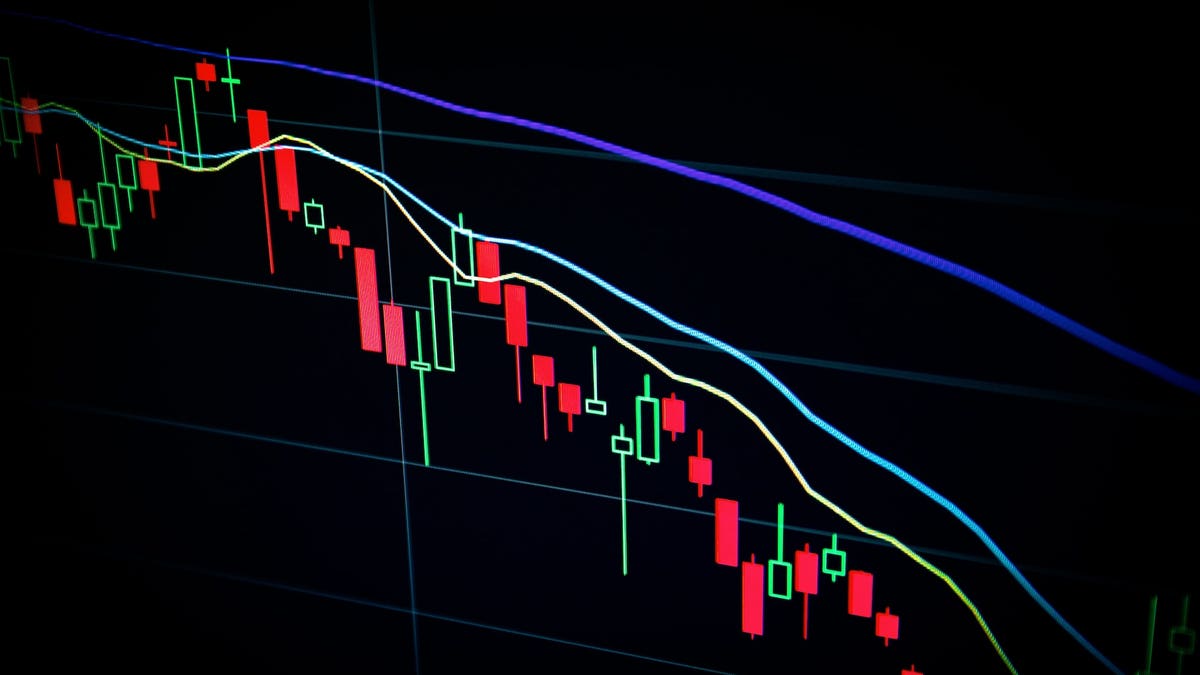
The S&P 500 will thus far be known as an index that has surpassed the incredible 5,000 level. This alone is a truly astonishing achievement for a benchmark that was down around 3500 just over a year ago! But another significant signal could also develop, the feared Hindenburg omen.
What is Hindenburg’s omen and what does it really represent?
This is a broad market indicator created years ago by strategist Jim Miekka and essentially looks for very common conditions in major leading markets. Does a valid signal guarantee a major market top? Obviously not. But looking back over the history of the market, very few major peaks have occurred without the Hindenburg Omen sending out a bearish signal shortly beforehand.
You can break down Hindenburg’s omen into three components: a bullish market trend, an expansion to new highs and new lows, and a bearish rotation in breadth. Let’s look at each of these components in turn.
First, we need to confirm that the market is in an established uptrend, as this is an indicator designed to identify market highs. To make this assessment, we take a chart of the NYSE Composite Index and try to make sure that the 50-day rate of change (ROC) is positive. So basically, the market is higher than it was ten weeks ago. If so, then the first condition is satisfied.
Next, Miekka noticed that at the market highs, not only were there many stocks hitting new 52-week highs, but also a bunch of stocks hitting new 52-week lows. This resulted in a period of indecision, as stocks were popping and crashing around the same time. Technically, we expect at least 2.8% of NYSE stock prices to hit a new high and 2.8% to hit a new low on the same day. This provides the second condition of the three.
Ultimately, we are looking for a bearish rotation in market breadth, suggesting that the force that pushed benchmarks higher in the bullish phase is now starting to dissipate. Here we use the McClellan Oscillator on the NYSE data and when the indicator falls below the zero level it constitutes a negative amplitude reading.
When we put all three indicators together, we get a super busy chart like this!
The series below is a composite indicator that checks for the three conditions above. When all three conditions have been met, the indicator shows a value of +3. It is important to note that one signal is not enough. Multiple triggers are required within a one month period to complete a valid Hindenburg Omen signal.
In recent market history, we have seen three valid signals: August 2019, February 2020, and December 2021. Two of these signals occurred before significant declines, which is why the initial signal we noticed this week makes us a little skeptical on further market declines. up today. If we see a confirmed Hindenburg Omen signal with another confluence of triggers in the next couple of weeks, then we might just be peering over the precipice of a serious market decline.
Indicators like the Hindenburg Omen do not signal often and are certainly not 100% accurate in identifying major market highs. But knowledgeable investors know to pay attention when conditions look similar to previous market highs. Remember, all big losses start as small losses!
RR#6, Dave
PS: Ready to upgrade your investment process? Check out my free behavioral investing course!
David Keller, Chief Market Strategist CMT StockCharts.com
David Keller, CMT is Chief Market Strategist at StockCharts.com and President of Sierra Alpha Research LLC, where he helps investors make better decisions using behavioral finance and technical analysis. Dave is a professional CNBC contributor and summarizes market activity and interviews leading experts on his show “The Final Bar” on StockCharts TV. Dave is a former president of the CMT Association, a global non-profit organization of technical analysts, and was previously managing director of research at Fidelity Investments. David is a classically trained musician and student pilot and resides in Duvall, WA with his wife and two children. You can follow his thoughts on marketmisbehavior.comwhere he explores the relationship between behavioral psychology and financial markets.
Disclaimer: This blog is for educational purposes only and should not be construed as financial advice. The ideas and strategies should never be used without first evaluating your personal and financial situation or consulting a financial professional.
The author has no position in the securities mentioned at the time of publication. All views expressed herein are solely those of the author and do not in any way represent the views or opinions of any other person or entity
This article comes from an unpaid freelancer. It does not represent Benzinga’s reporting and has not been edited for content or accuracy.